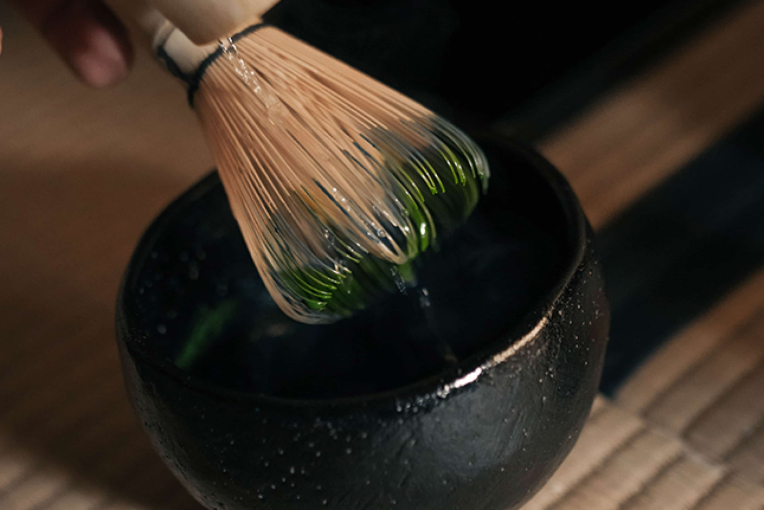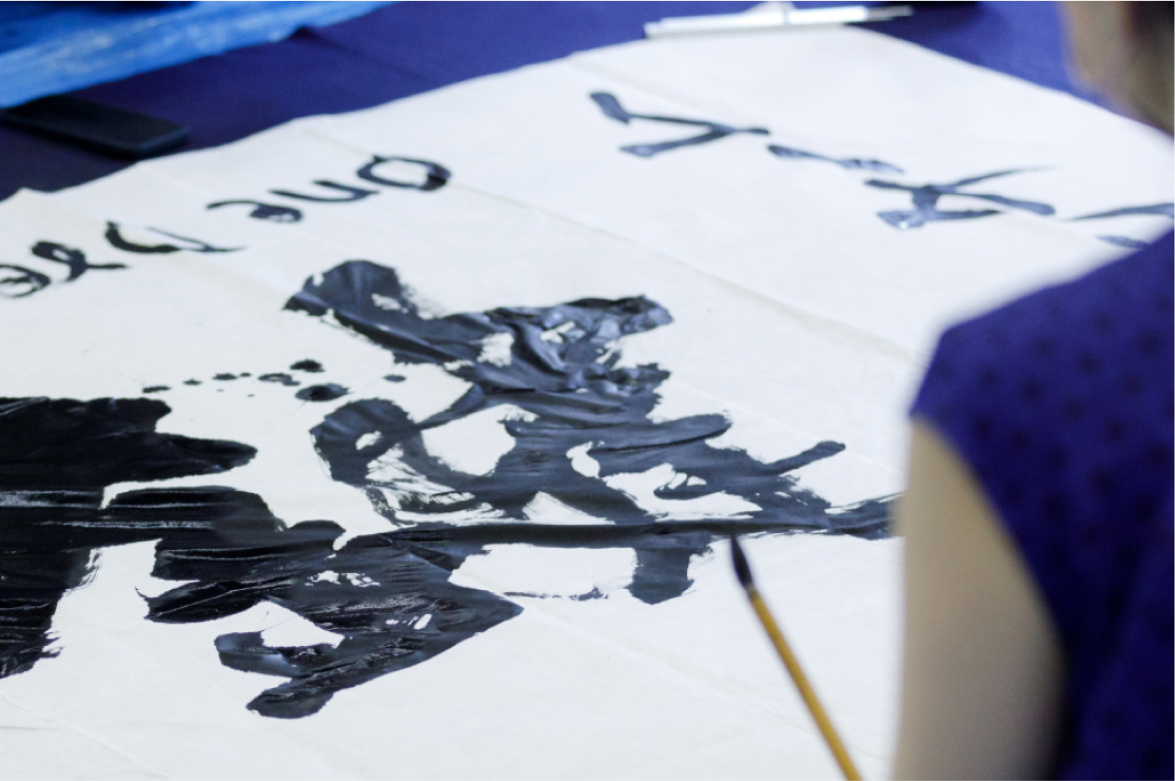Why Are So Many Ikebana Masters Female?

For many, the practice of flower arranging seems a naturally feminine pastime. However, while ikebana today is dominated by female masters and practitioners, it was for much of its history a typically masculine art.
The Origins of Ikebana
Ikebana has its origins in the flowers offered to Buddhist altars by monks. The offering of flowers (called kyoka in Japanese) still forms part of Buddhist services today, where white flowers such as chrysanthemums, orchids and lilies are used during funerals.
While Buddhist nuns do exist, in general the priesthood is male-dominated. Accordingly, male monks played a major role in the early development of ikebana. Japan’s oldest school of ikebana, the Ikenobo School, was itself founded by a Buddhist monk, Senno.
During the Heian Period (794–1185), aesthetic pursuits gained popularity in the Imperial Court. It was around this time that the culture of flowers took root in art and poetry. Aesthetic sensitivity came to be seen as an essential component in the lives of samurai and other nobility. The warlord Oda Nobunaga, who began to unite Japan in the late 16th century, was known to be fond of ikebana. This continued into the Edo Period (1603–1868), during which the Tokugawa family ruled Japan as shogun and oversaw a period of peace.
Ikebana in Postwar Japan
The World Wars, and especially World War Two, stripped Japan of many of its peacetime pursuits. Moreover, the US occupation forces made changes to the Japanese education system, establishing a coeducational foundation and standardizing much of the curriculum. Ikebana was no longer a required subject for girls, although it remains a popular extra-curricular activity even today.
This was helped along by the Postwar Economic Miracle, which saw an explosion in the Japanese middle class. For many, skill in traditional Japanese pursuits like ikebana were a way to suggest upper-class status, and was even included on courses for brides-to-be.
While we might consider flowers to be inherently femenine, ikebana was for centuries a predominantly male tradition, although it was practiced by both sexes. In fact, it was only relatively recently that women began to dominate the field.
Nowadays, everyone can enjoy ikebana regardless of their gender or background. With Wabunka Experiences, you can learn the secrets of Japanese flower arranging with masters from the oldest schools in Japan, including the Ikenobo School, in temples, shrines, and gardens around the country. Book your experience today.
With Wabunka Experiences, you can learn ikebana from award-winning artists in traditional shrines, temples, and Japanese gardens. Book your experience today.
Our dedicated coordinators will propose the best cultural experiences for you, customized to your needs.



